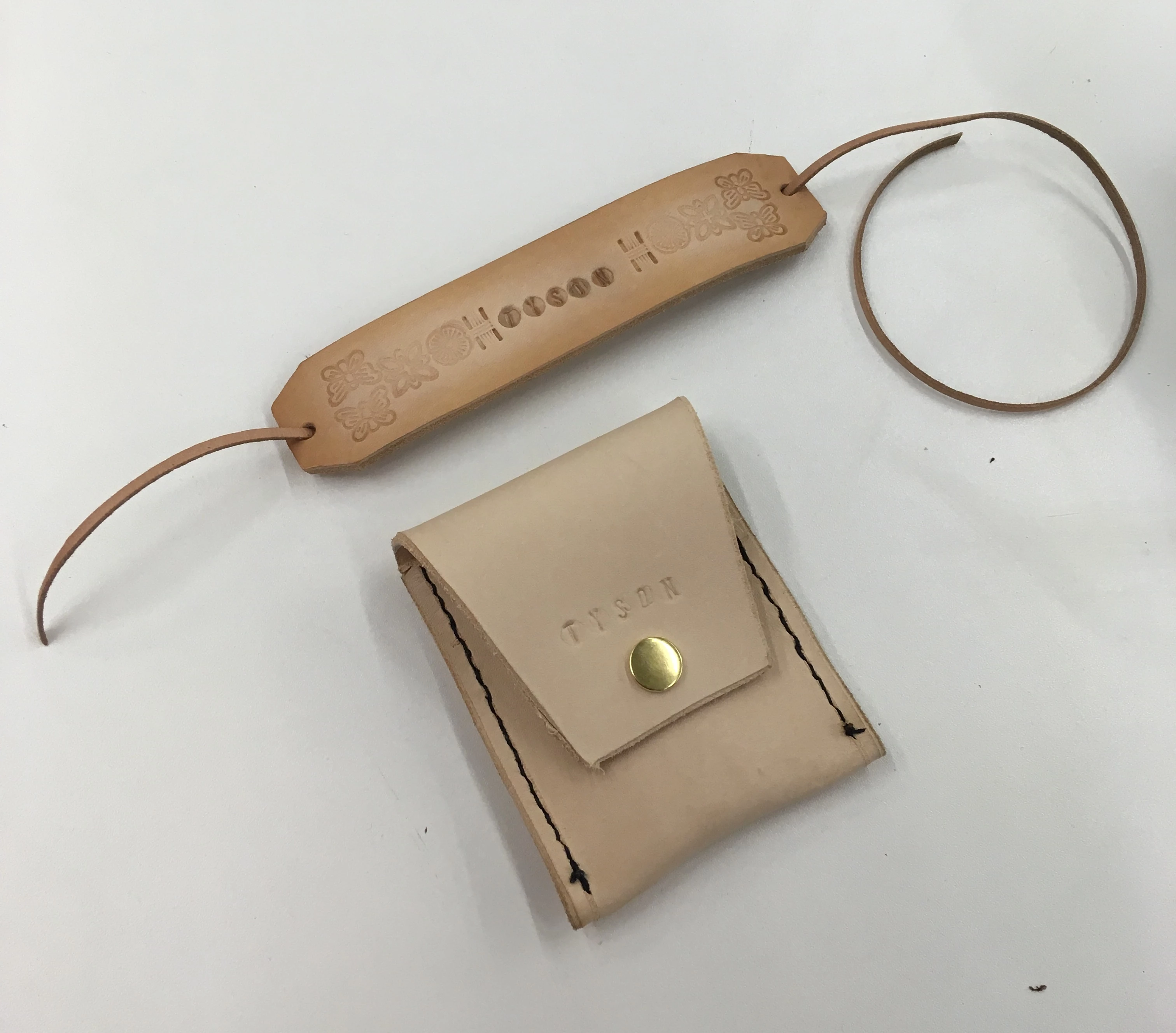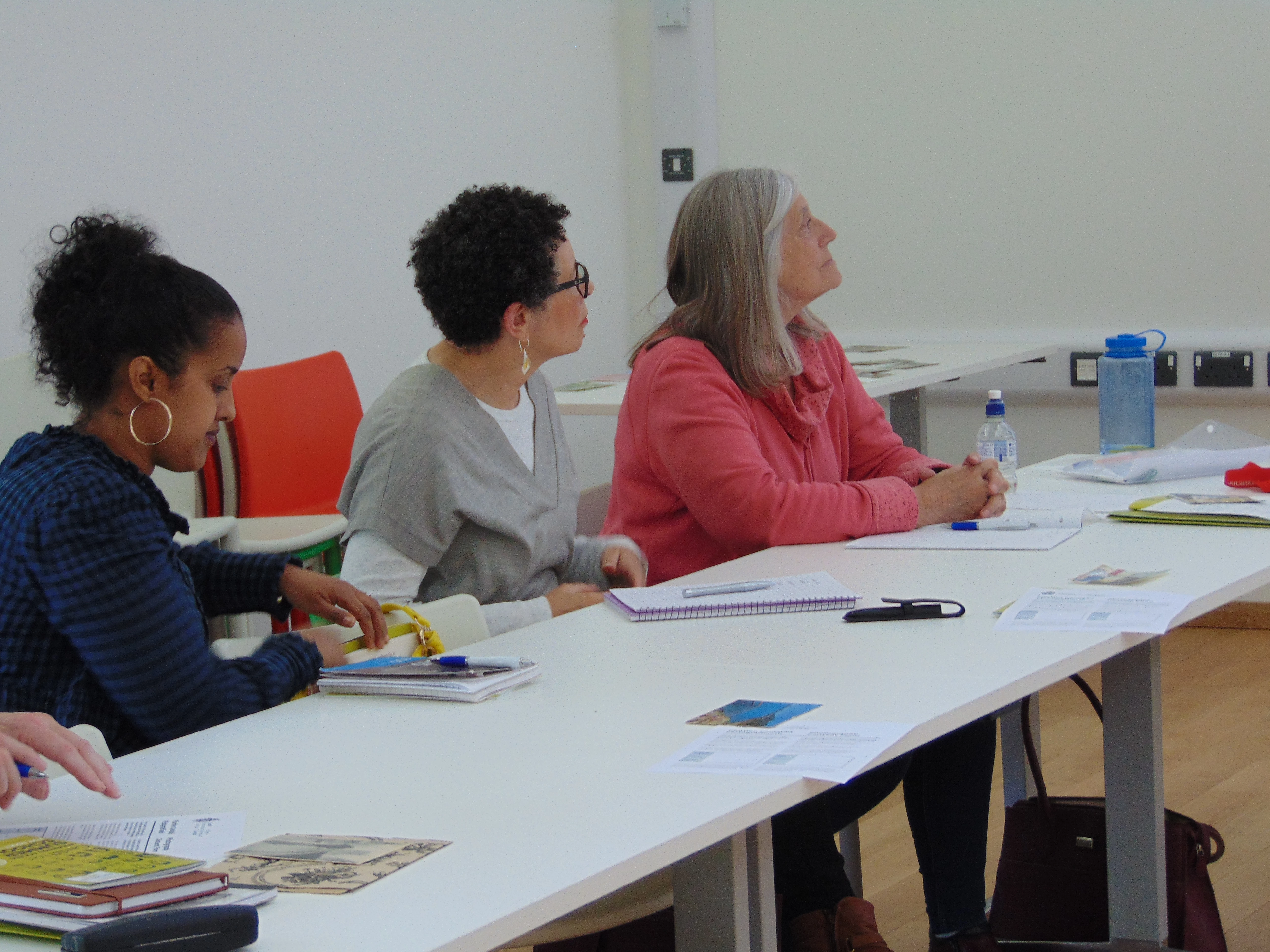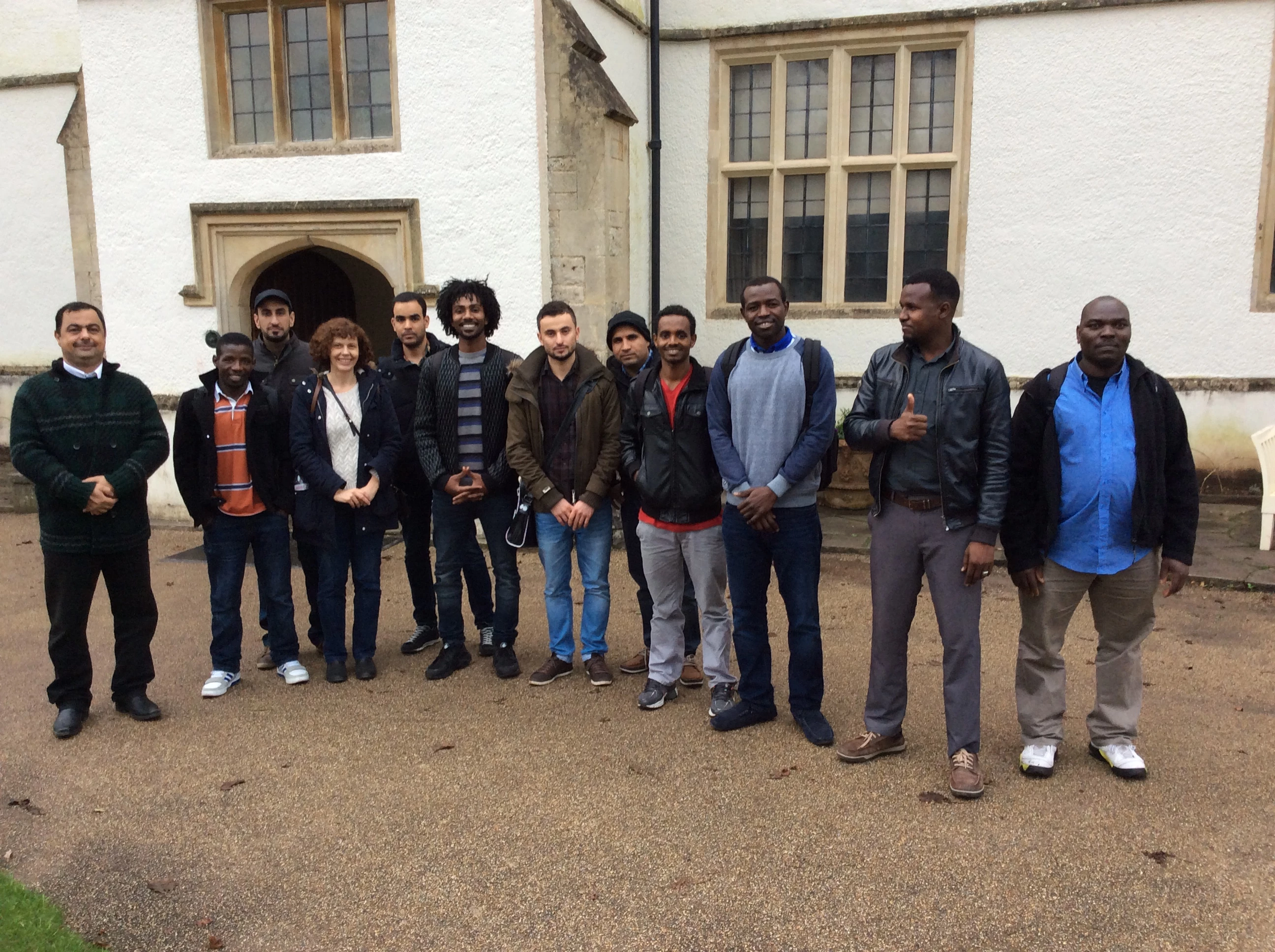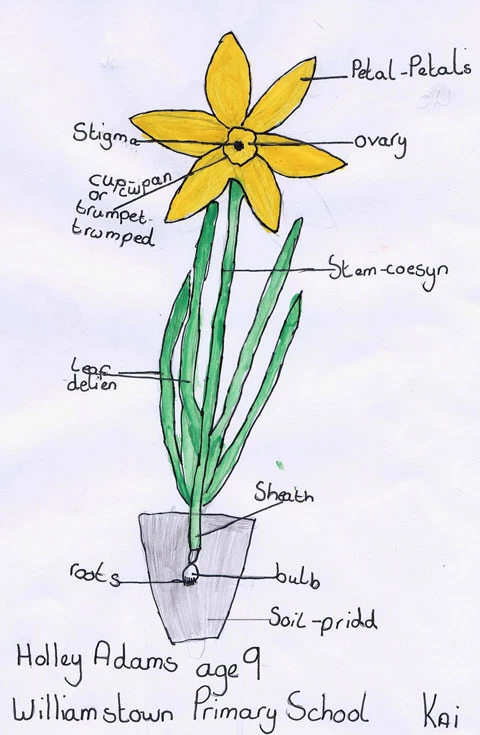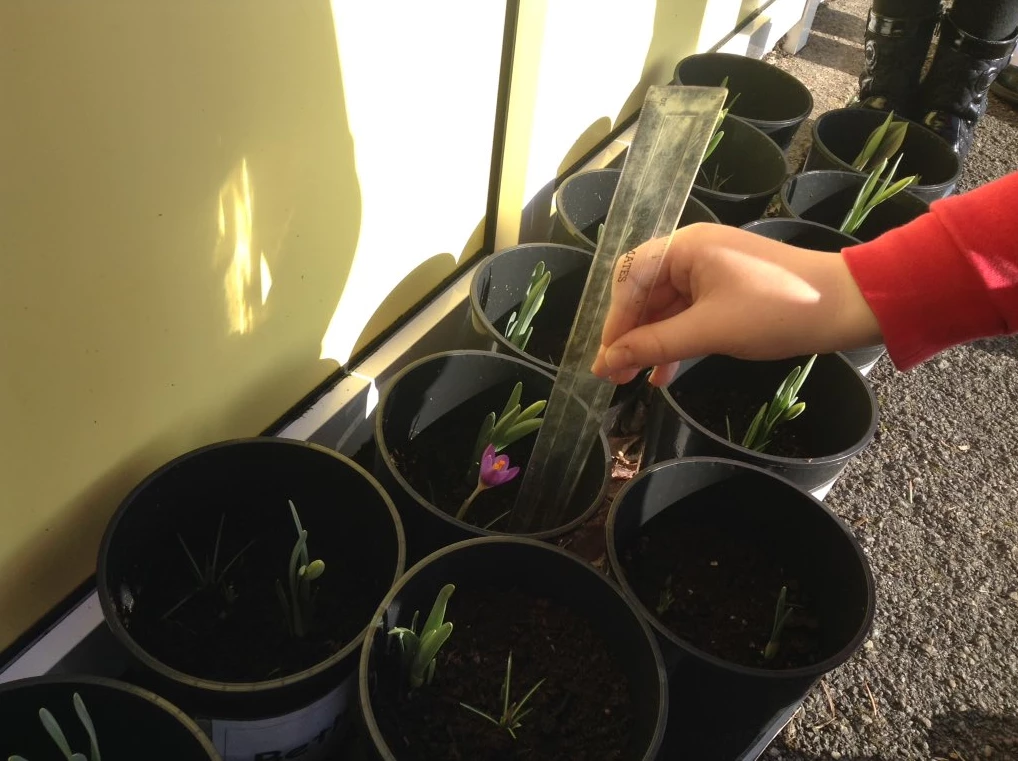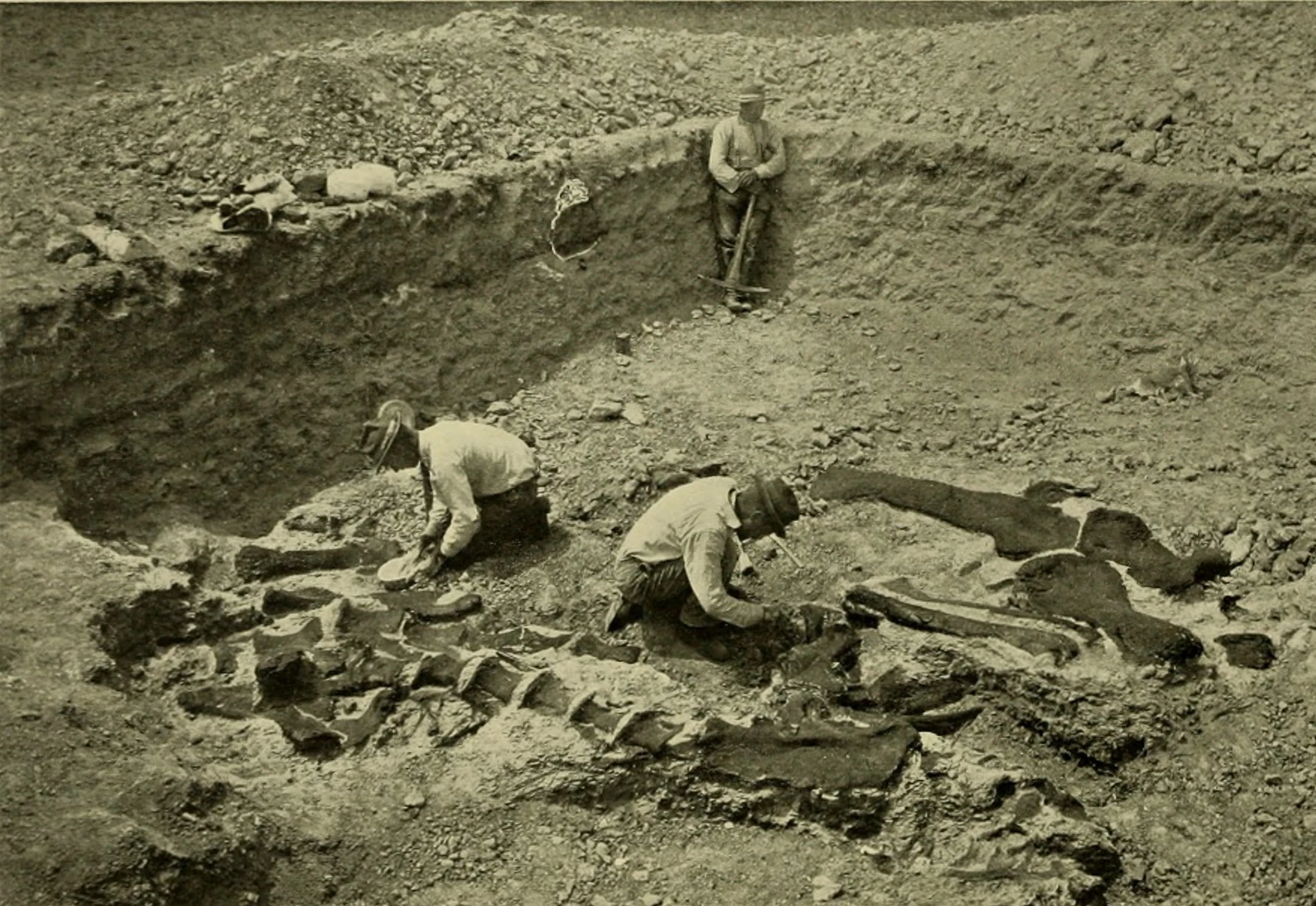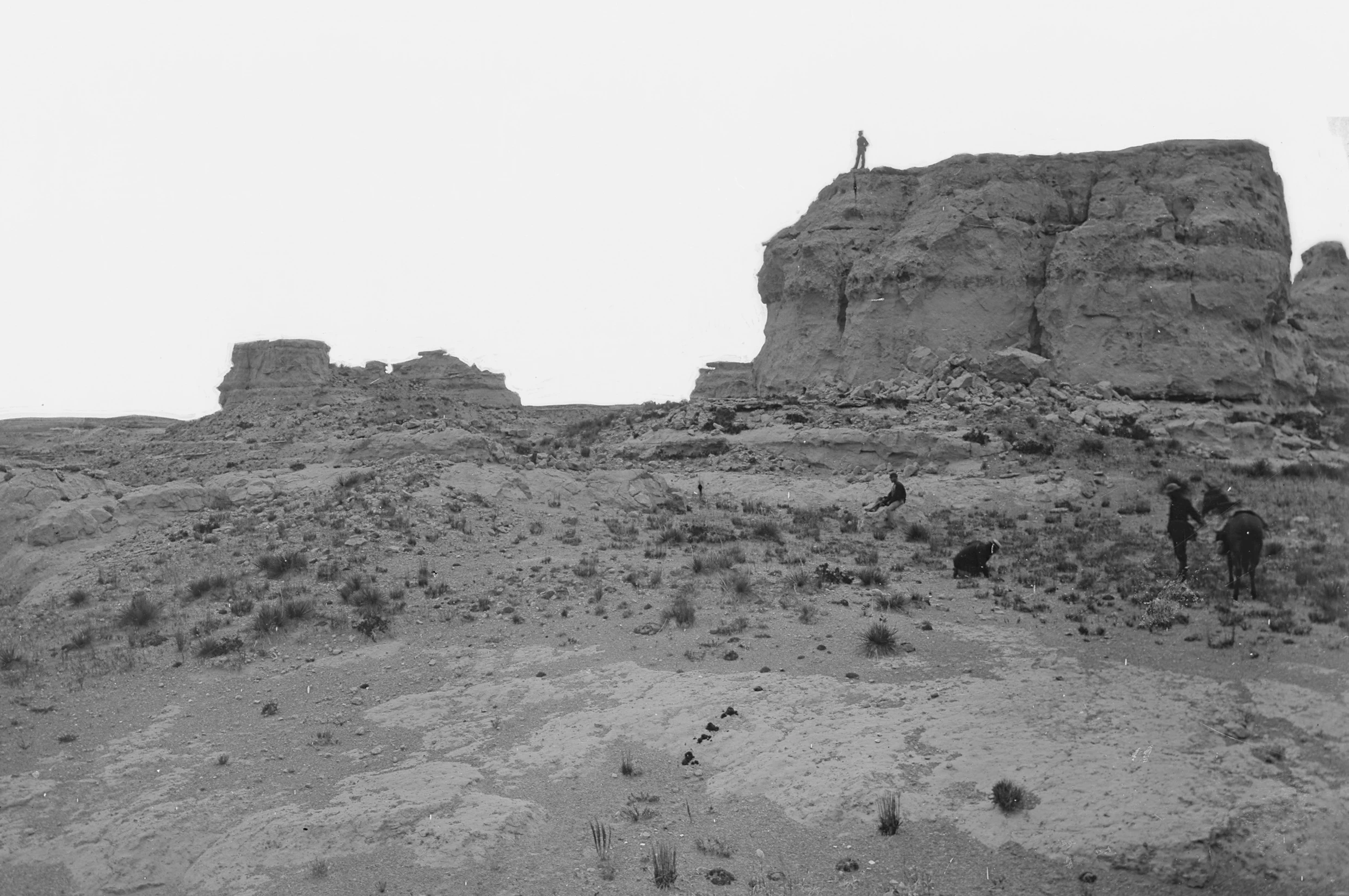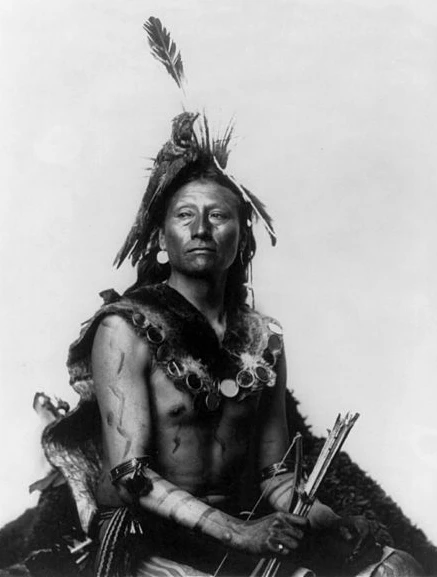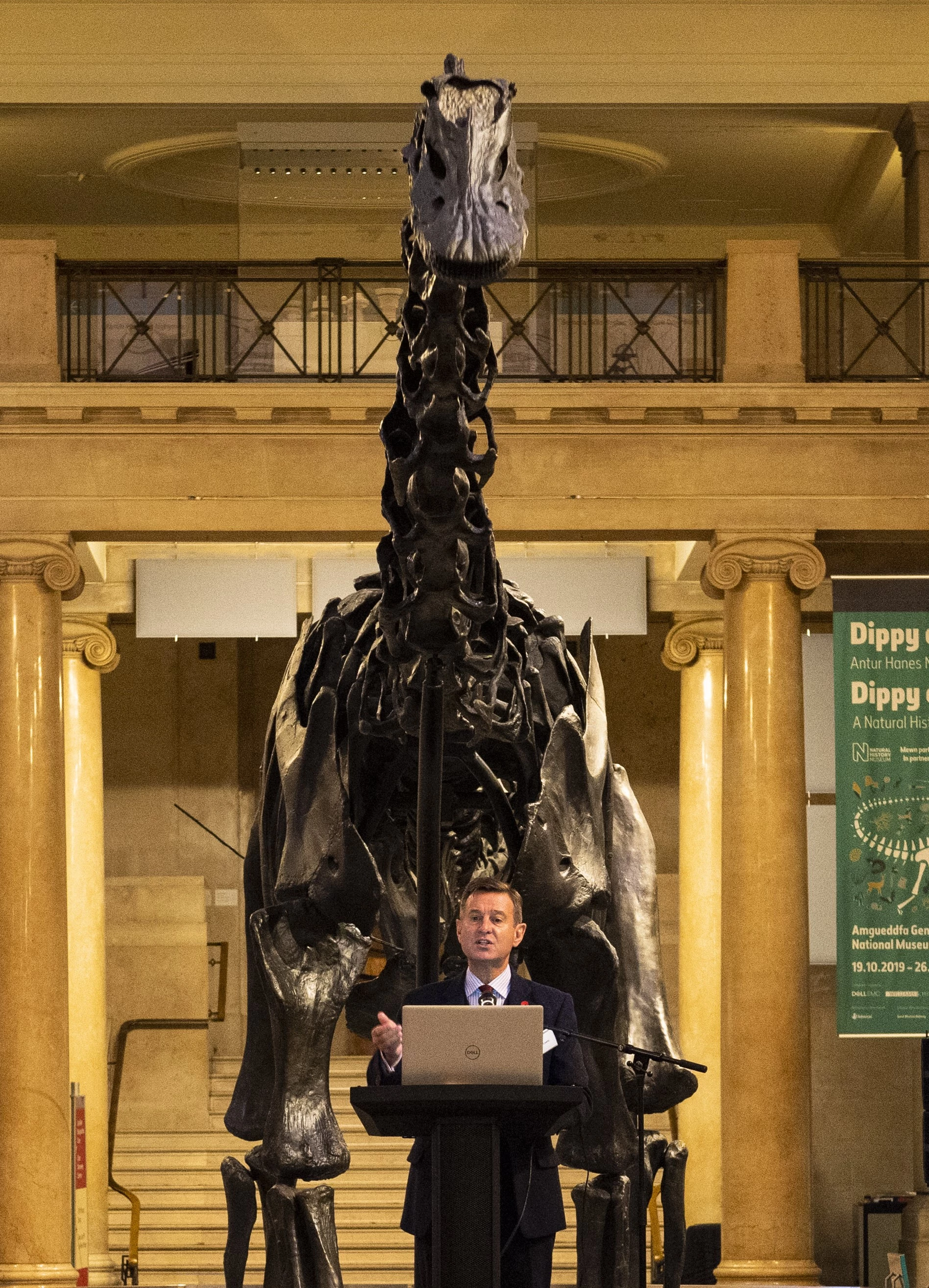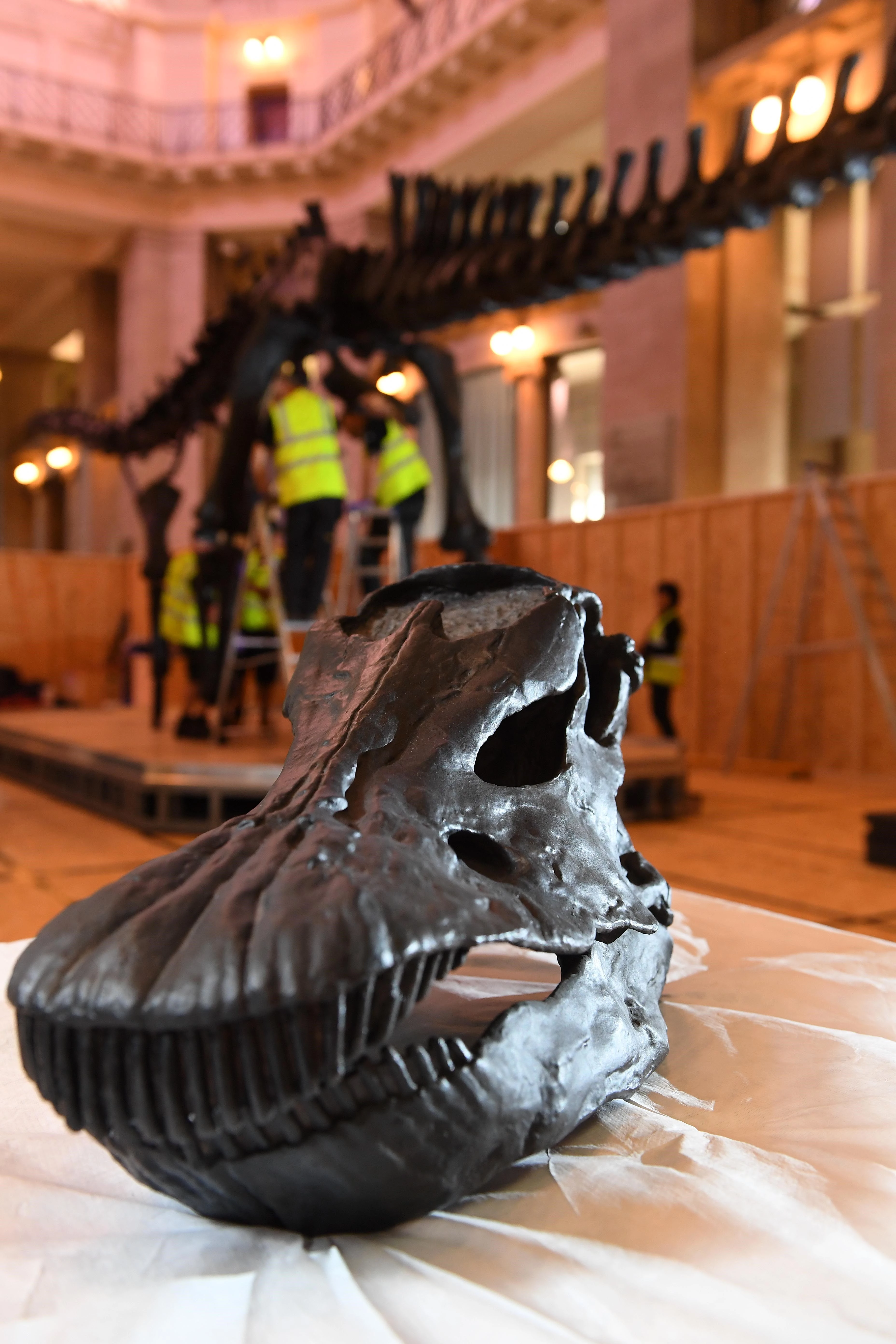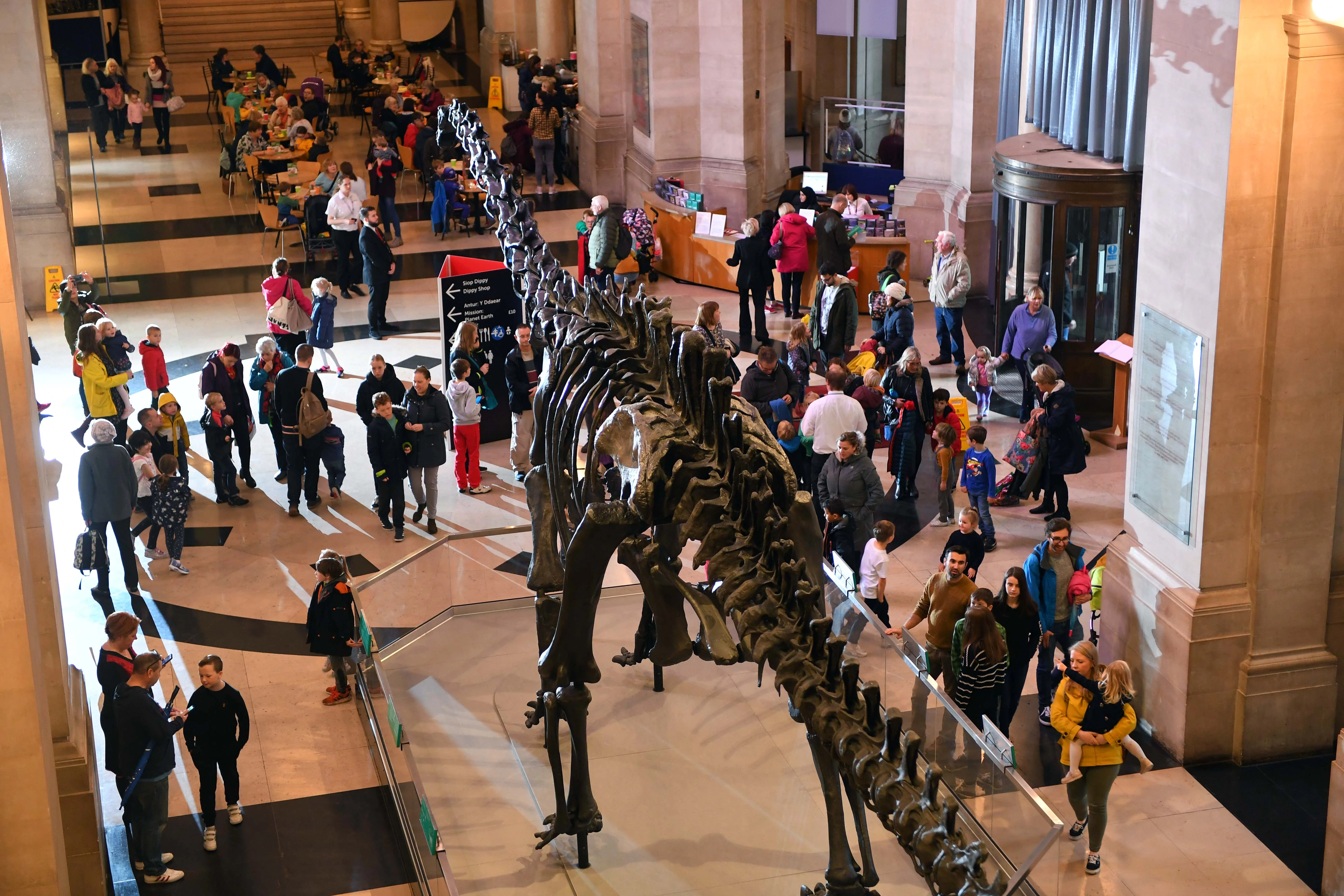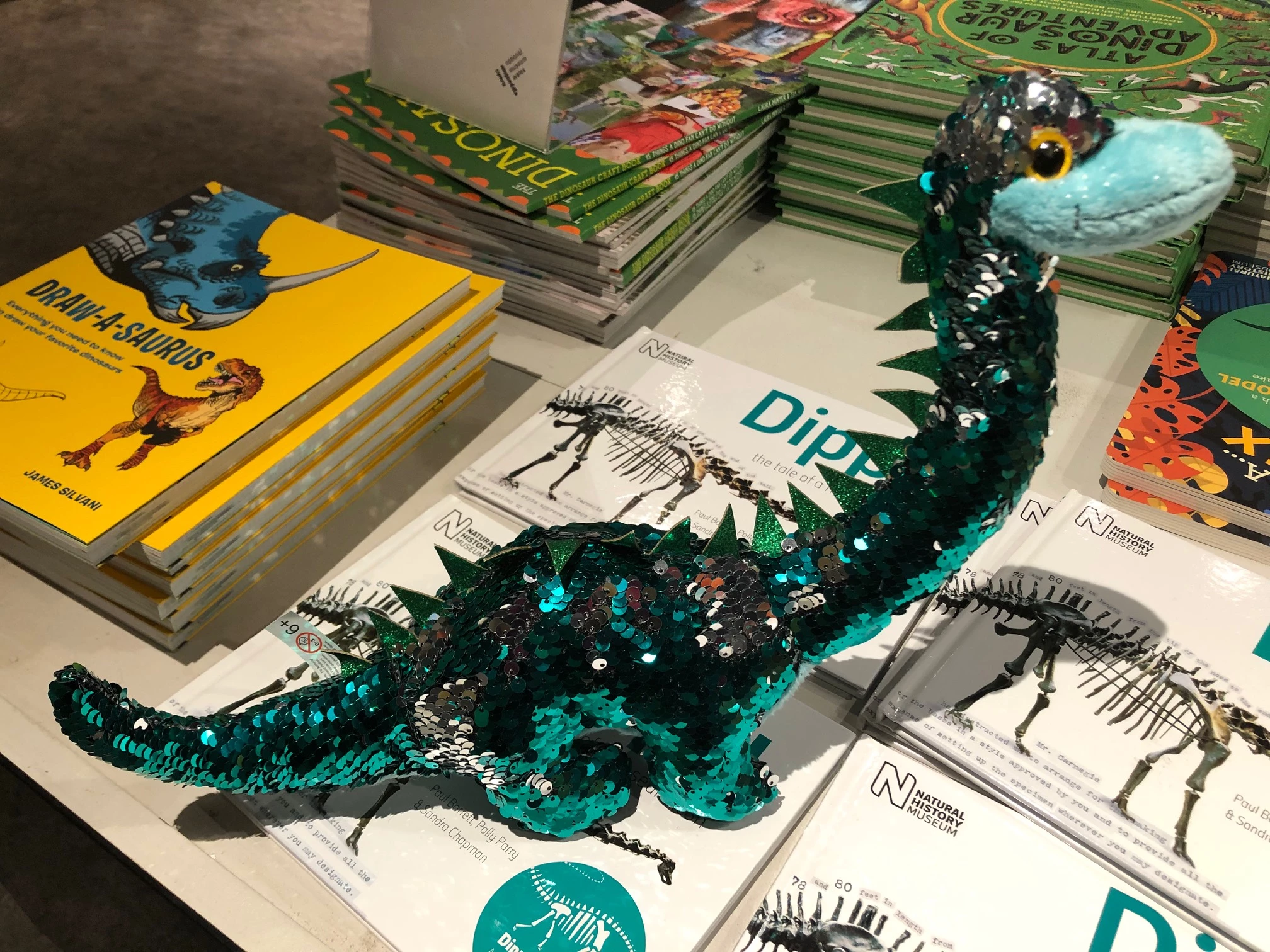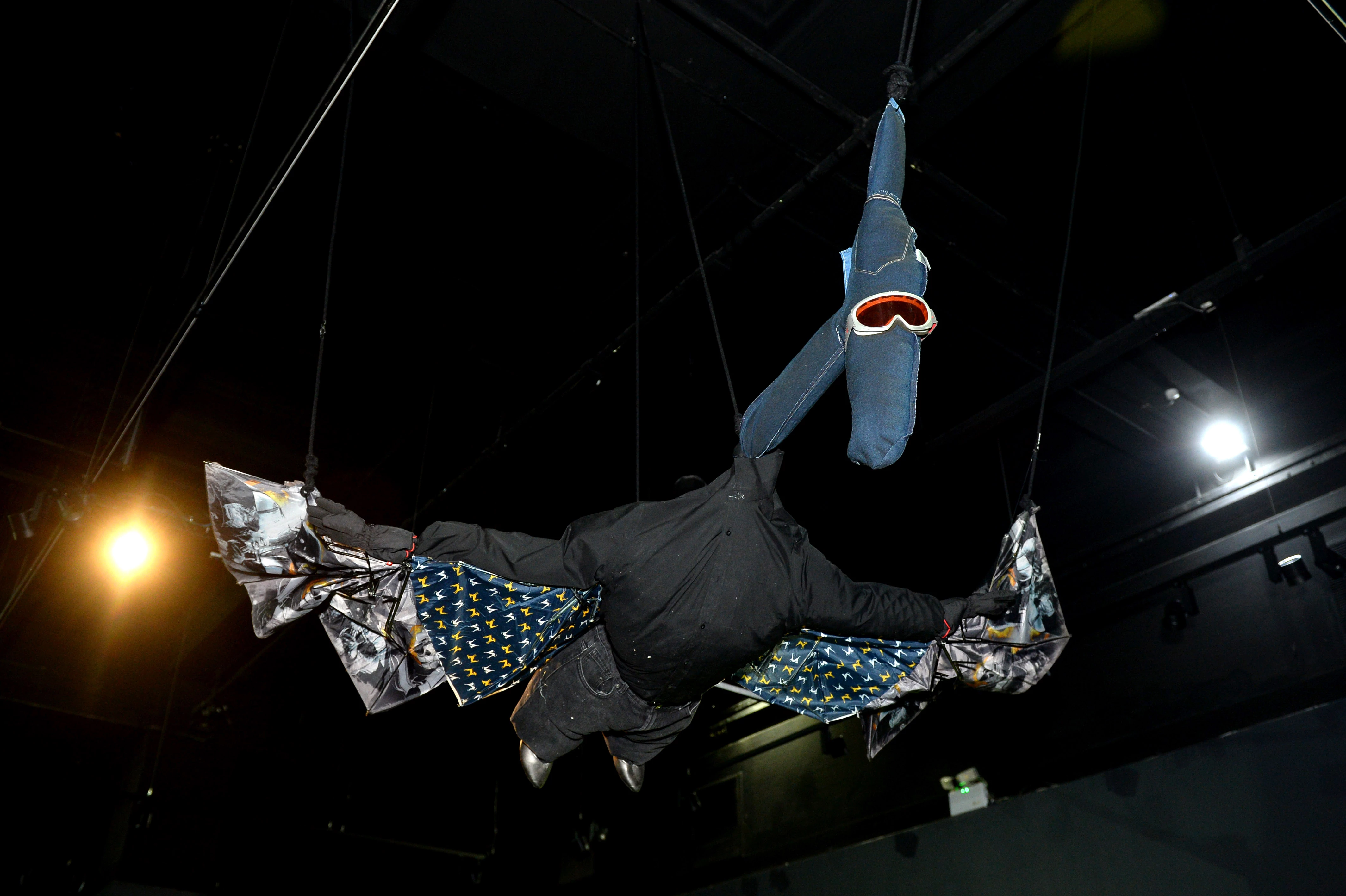Skills Development and Community Learning at St Fagans National Museum of History
, 4 February 2020
During 2019 we spent time developing the skills programme at St Fagans, working with partners and communities to create opportunities for adult learning and skills development, linked to our work under the Fusion Initiative and the Well-Being of Future Generations Act. To mark the launch of the new section of our Learning website for Community Learning here’s an update on what’s been achieved so far and what’s to come in 2020.
Community Learning and Skills Development:
We have been working with organisations such as the Wallich, Hafal, Crisis and Oasis Cardiff to collaboratively establish craft skills taster sessions with their participants. Workshops including leather and copper work have inspired the participants to use the museum’s collections as inspiration, whilst bringing their own cultural experiences with them to each session.
People who have taken part have shared their experiences and feedback with us. Here are some of the highlights:
“Immersing, interesting, rewarding”
“It’s something that I’ve never done before so I found leather work really interesting and relaxing.”
So far 243 people have been taken part in sessions from April and December 2019, with further sessions planned in 2020.
Widening Accesses Partnerships:
We have been collaborating with Cardiff Metropolitan University’s Widening Access department to bring accessible learning programmes to the museum, using the museum’s collections to enhance and deepen the learning potential. In 2019 two creative writing courses and one in complimentary therapy were delivered at St Fagans. A second Complimentary Therapy course is currently running and further courses are planned for later this year.
Learner feedback highlights:
“The course has been a good confidence booster and showed me where I would like to progress.”
“Really enjoyed the course, well tutored, supportive environment.”
Language Skills:
Creating opportunities for people to learn and develop their language skills forms an important element of the skills development programme. In 2019 St Fagans built on its partnership with Cardiff University School of Welsh, who delivered a 20 week Entry 1 course (January to July 2019). Many of the learners went on to enrol on the Entry 2 Course which started in September 2019. A blended Entry 1 and 2 course also started in September 2019, with a new Entry 1 course starting this January.
ESOL Learners are benefitting from the St Fagans ESOL learning resources, developed collaboratively with Cardiff and the Vale College (CAVC), proving opportunities for them to use the museum as a safe space for learning, sharing their culture and developing their knowledge and understanding of Welsh cultural heritage. Groups have been visiting from colleges such as CAVC and the resources are being regularly downloaded from the Museum’s website – in total 174 downloads between May and December 2019.
This year we are celebrating this success and building on it by launching the new Community Learning section of our website. Head over to have a look and learn more about how to take part and book a visit.
Thanks to all the participants, partner organisations and the team at St Fagans for everything that’s been achieved so far.
